Knapp’s Relational Development Model Explained
Knapp’s Relational Development Model offers a roadmap for understanding the twists and turns of human connections in today’s complex world.
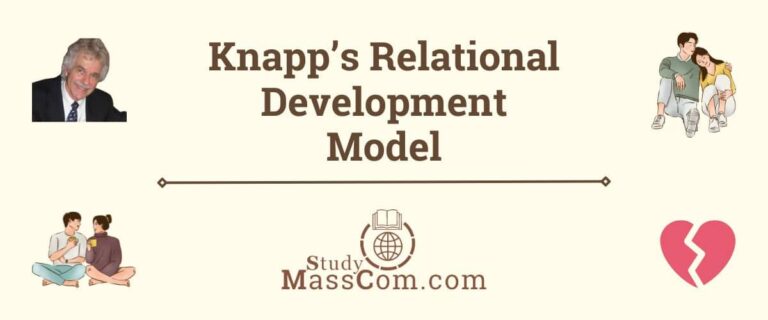
Knapp’s Relational Development Model offers a roadmap for understanding the twists and turns of human connections in today’s complex world.
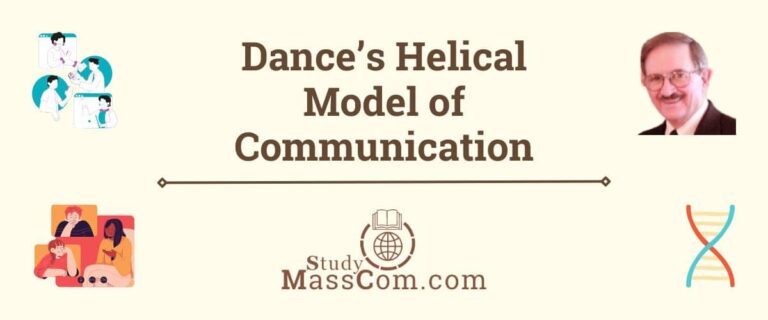
Dance’s Helical Model portrays communication as dynamic, continuous, and influenced by context, fostering deeper understanding and meaningful interaction.
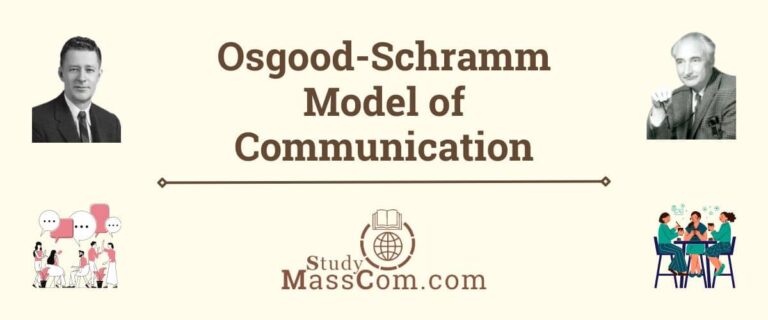
The Osgood-Schramm Model emphasizes sender-message-receiver dynamics, feedback, context, and noise in human communication interactions.
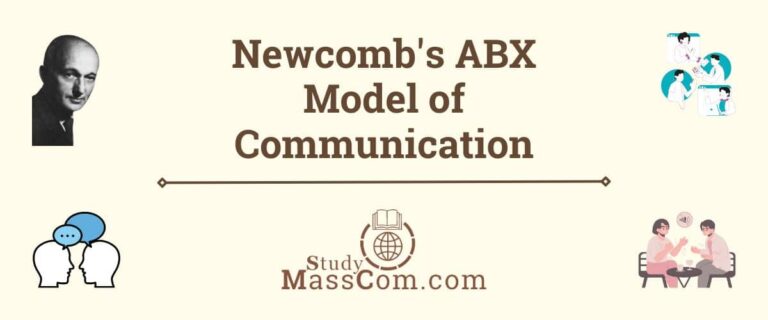
Newcomb’s ABX model emphasizes sender-receiver-message dynamics, offering insights into interpersonal interactions and communication dynamics.
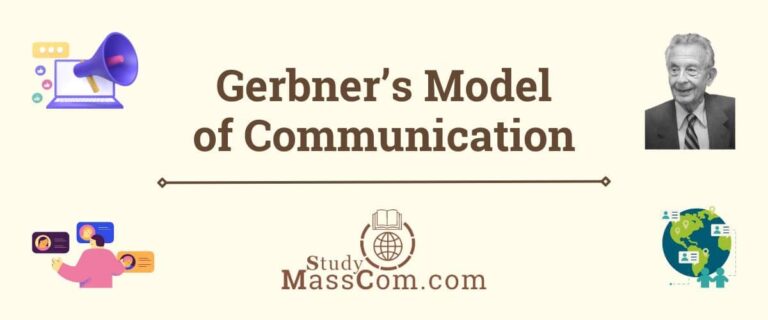
Gerbner’s model explores the media’s role in shaping perceptions, emphasizing cultivation effects and the cultural context of communication.

Gatekeeping theory explores how media professionals control information flow, shaping public perceptions through selection, filtering, and framing.
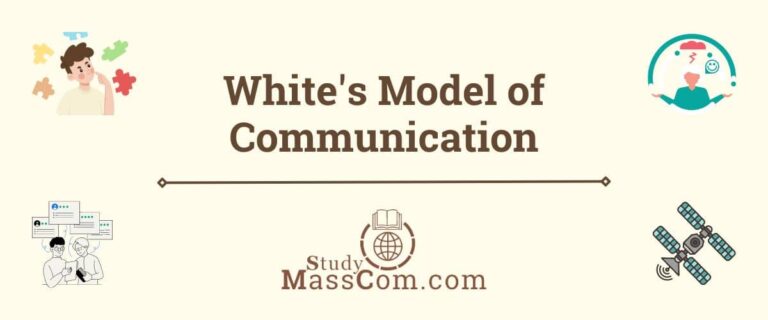
Explore White’s Model that emphasizes sender-receiver dynamics, contextual factors, feedback mechanisms, and media technologies.
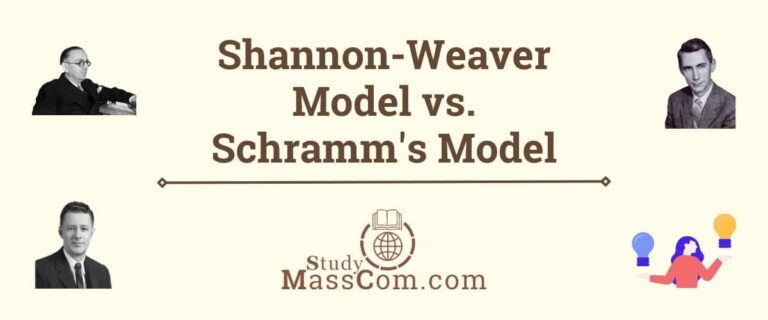
Shannon-Weaver’s technical focus contrasts Schramm’s humanistic approach, highlighting differences in understanding communication.
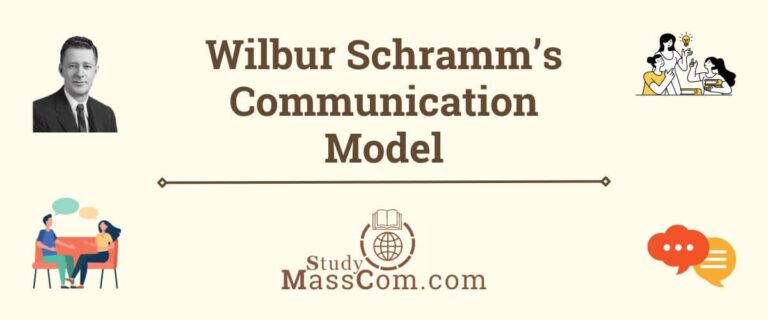
Schramm’s communication model views communication as interactive and is influenced by accumulated experience and feedback.
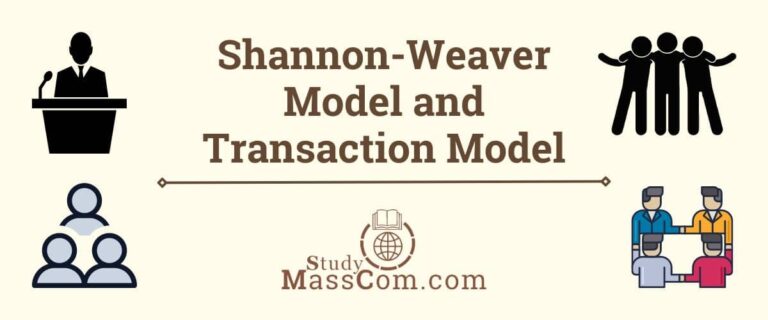
The Shannon-Weaver Model emphasizes the linear transmission of messages, while the Transaction Model highlights interactive meaning-making.